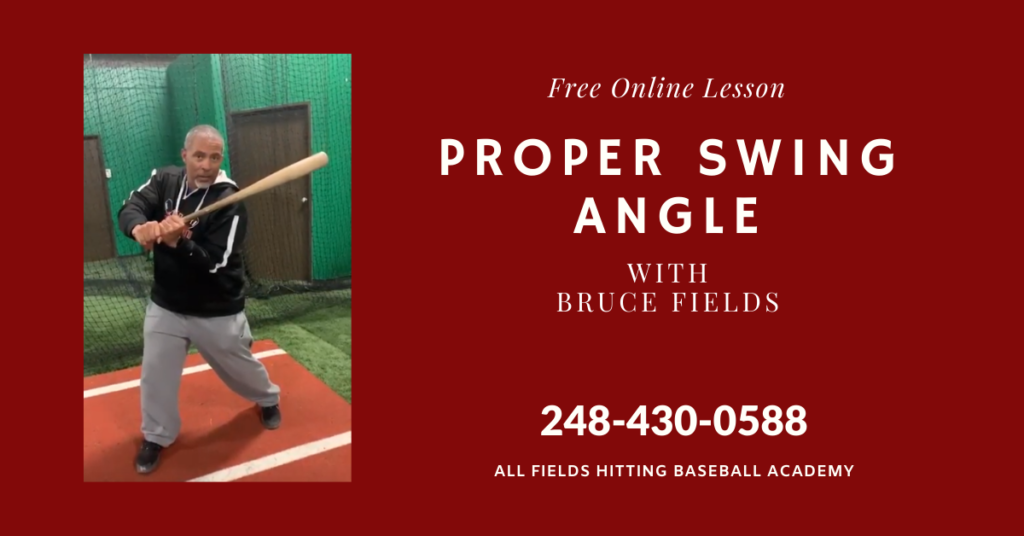Baseball is a unique professional sport for a number of reasons. It’s the only one of the Big Four North American sports (baseball, football, hockey, basketball) without a game clock. It is also the only major sport where the defense holds the ball.
Most of us have at least seen a baseball game before. But if you’re not a fan of baseball, the rules can be a little confusing. There are thousands of rules to baseball, it would take hundreds of pages to explain them all. But here is an overview of some of the more important gameplay rules of baseball.


Innings and Extra Innings
Each Major League Baseball game lasts nine innings. Each inning has a top and bottom half. Each team gets three outs each half inning. In the top half of the inning, the home team plays defense, and the visiting team bats. In the bottom half, the teams switch and the home team gets to bat. If the teams are tied after nine full innings, they play extra innings. If the visiting team scores in extra innings, the home team is allowed their turn to bat and try to tie the score again or win the game. If the home team scores in the bottom of an extra inning of a tie game, they automatically win and the game is over. (The same if the home team goes ahead in the bottom of the ninth inning, they automatically win.)
Fair/Foul
On the field, there are white lines along the first and third baselines, and in right and left field. In the outfield there are also large, yellow poles called foul poles. Any ball that is hit inside the lines is a fair ball and is in play. A hit that lands outside of the lines is a foul ball and the at-bat is redone. A ball that hits the yellow foul poles on the fly is a fair ball and is automatically a homerun. Each foul ball is called a strike, but you cannot strike out on a foul ball (unless it’s a foul bunt for a third strike).
Strikes and Balls
The strike zone is an imaginary area above home plate. The plate is 17 inches wide, so the strike zone is supposed to also be 17 inches wide. It extends from the middle of the chest of the batter down to his knees. A batter is out if he gets three strikes, either swinging or looking. The batter gets to take first base if he takes three balls outside the strike zone before he gets out.


Outs
There are several ways to get a batter out. The pitcher can strike him out with three strikes, that’s the easiest way. If the batter hits the ball on the ground, a fielder can throw the ball to first base before the batter gets there for an out. If a fielder catches a batted ball in the air before it touches the ground, that’s an out. Also, if a fielder is holding the ball, he can touch a runner with the ball if the runner is not touching a base. Finally, a runner can be forced out if he is forced to run because a runner is on the base behind him and the batter hits a ground ball. To force a runner out, the fielder simply touches the base while holding the ball before the runner gets there.
These are the basic fundamentals of baseball gameplay. The more you watch baseball games, the better you will understand the rules of the game.
ALL FIELDS HITTING BASEBALL ACADEMY
Baseball Training Facility in Michigan by Professional baseball players (248) 430-0588



